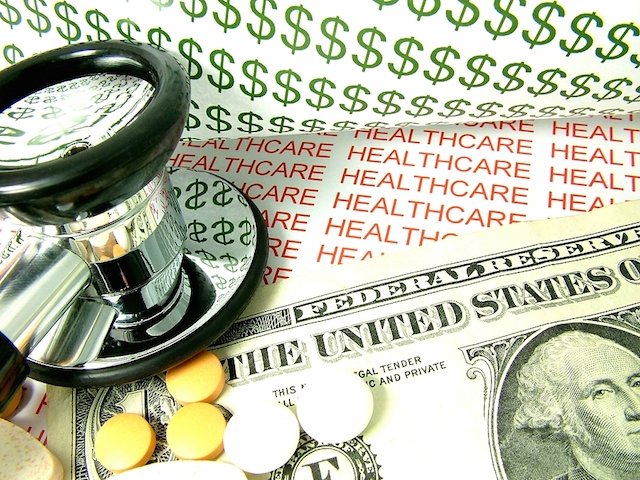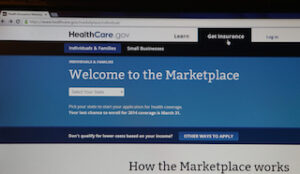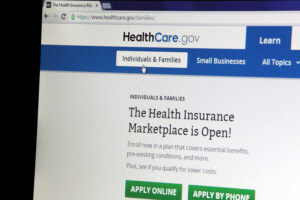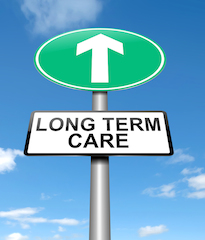Driven by the COVID-19 pandemic, total U.S. healthcare spending spiked 9.7% to $4.1 trillion in 2020 according to new data from the Centers for Medicare and Medicaid Services (CMS).
The 2020 National Health Expenditures (NHE) Report, prepared by the Office of the Actuary at CMS, found much of the increase was the result of significant federal spending in response to the pandemic, with those expenditures growing by 36% last year—the fastest rate of growth experienced since 2002.
The expenditures included financial assistance to providers to make up for lost revenue through the Provider Relief Fund ($122 billion in 2020) and the Paycheck Protection Program ($53 billion in 2020) and increased federal public health spending ($114.9 billion) including spending for vaccine development, COVID testing, and health facility preparedness.
However, when spending for federal public health and other federal programs (which includes COVID-19 supplemental funding) is removed, NHE growth was only 1.9%, a slower rate of growth from the 4.3% increase in 2019, largely due to reduced use of medical care goods and services because of the pandemic. The share of the Gross Domestic Product (GDP) devoted to health increased sharply from 17.6% in 2019 to 19.7% in 2020, the largest increase in the history of the NHE reports.
The number of uninsured individuals decreased from 31.8 million in 2019 to 31.2 million in 2020 as enrollment increases in Medicaid and Marketplace more than offset the pandemic’s significant effect on employment and the resulting reduction in employer-sponsored coverage.
For almost all health care services, in particular for hospitals, physicians, and nursing homes, increased federal spending in response to the COVID-19 pandemic far outweighed the negative or slow growth in private health insurance, Medicare, and out-of-pocket spending that was associated with less use of care in 2020.
The NHE has been published annually since 1960 and is often referred to as the “official” estimates of U.S. health spending. The NHE measures total annual U.S. spending for the delivery of health care goods and services by type of good or service (hospital, physician, prescription drugs, etc.); type of payer (private health insurance, Medicare, Medicaid, etc.); and type of sponsor (businesses, households and federal/state governments).
Major payer spending in 2020 was as follows:
- Private health insurance spending decreased 1.2% to $1.15 trillion in 2020, accounting for 28% of total national health spending. This was due to a decline in private health insurance enrollment and lower use of health care services such as elective procedures during the initial stages of the COVID-19 pandemic.
- Medicare spending totaled $829.5 billion in 2020, representing 20% of total health care spending. Medicare spending increased in 2020 by 3.5%, compared to 6.9% growth in 2019. Fee-for-service expenditures declined 5.3% in 2020 down from growth of 2.1% in 2019. The decrease was largely attributable to a decline in expenditures for health care goods and services for the first time since 1999 because of the COVID-19 pandemic. Medicare private health plan spending grew 17.1%, an increase from the 15.3% growth in 2019.
- Medicaid spending grew faster in 2020, increasing 9.2% to $671.2 billion compared to 3.0% growth in 2019, primarily driven by increased enrollment due to the pandemic. Medicaid hospital spending rose 6.7% in 2020, faster than in 2019, largely due to enrollment growth and increased Medicaid supplemental payments to hospitals, inpatient payments, and payments to mental health facilities.
- Out-of-pocket spending declined by 3.7% in 2020 after a 4.4% increase in 2019. This decrease was driven by decreased use of health care and little or no cost-sharing requirements for COVID-19 testing and treatment in 2020.
Health care spending in 2020 for the three largest goods and service categories—hospital care, physician and clinical services, and retail prescription drugs, was as follows:
- Hospital spending Hospital spending was relatively steady in 2020 compared to 2019 (6.4% and 6.3%, respectively) and reached $1.3 trillion in 2020. The growth in 2020 reflected a substantial amount of COVID-19 relief funding and faster increases in Medicaid spending for hospital care, offset by declines in private health insurance and out-of-pocket spending and slower growth in Medicare spending.
- Physician and clinical services spending was $809.5 billion in 2020, growing by 5.4% (compared to 4.2% growth in 2019). Like hospital care, this increase was largely due to substantial growth in funding from federal programs that provided COVID-19 relief and a growth in expenditures for independently billing laboratories for COVID-19 testing.
- Retail prescription drug spending increased 3.0% to $348.4 billion in 2020, a slower rate than in 2019 when spending increased 4.3%. The slowdown was primarily a result of a 4.2% decline in out-of-pocket expenditures for retail drugs, because of slower utilization and an increased use of coupons. Price growth slowed for brand-name drugs and declined for generic drugs, leading to a slight 0.1% decrease in total retail prescription drug prices.
Additional highlights from the report include:
- Private businesses’ health care spending (17%share) declined 3.1% in 2020 after increasing 3.8% in 2019. The largest category of private business’ health spending was contributions to employer-sponsored private health insurance premiums (a 76% share), which declined 3.6% in 2020 due to declines in enrollment and reduction in the utilization of health care services for those enrolled.
- Households’ health care spending (26% share) experienced slower expenditure growth in 2020, increasing 1.1% in 2020 after growth of 4.4% in 2019. Out-of-pocket spending (a 36% share of household expenditures) and households’ contributions to employer-sponsored health insurance premiums (a 27% share) were the largest contributors to the deceleration.











